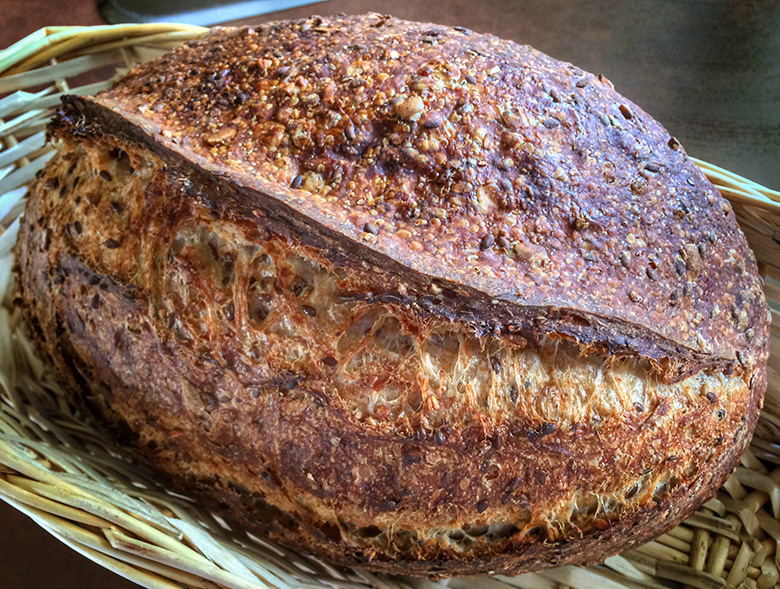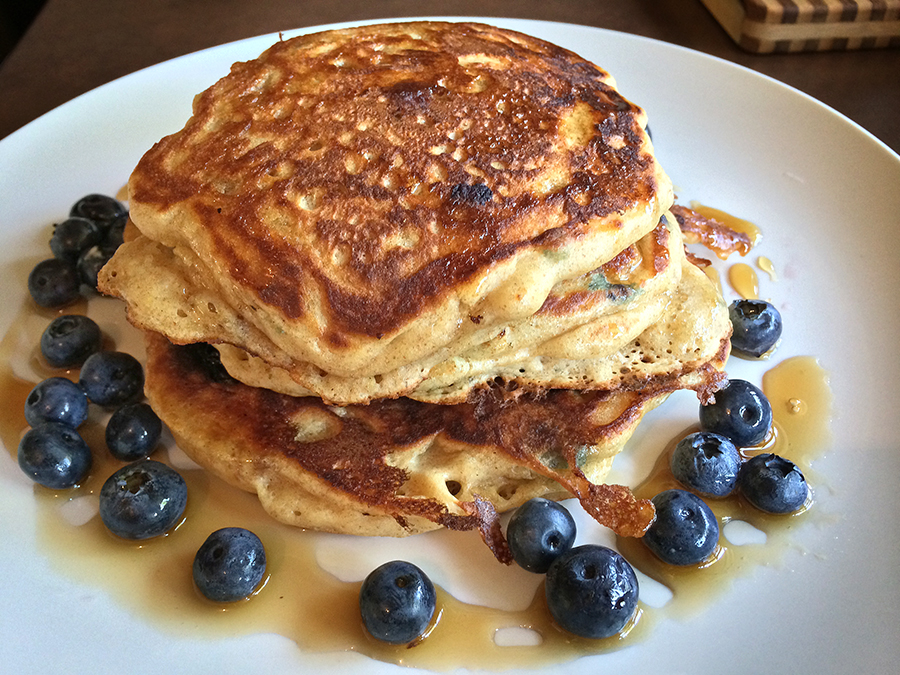Sweet Potato Boule.
500g KABF 100%
100g Oven roasted Sweet Potato 20%
14g Sea Salt 2.5%ish
1/4tsp DA Yeast
400g Water
- Log in or register to post comments
- 9 comments
- View post
- bbegley's Blog
500g KABF 100%
100g Oven roasted Sweet Potato 20%
14g Sea Salt 2.5%ish
1/4tsp DA Yeast
400g Water

Today we baked some more San Joaquin Sourdough in the Dutch oven over charcoal. This time I upped the whole wheat to 300 grams, added 10 grams of water to the initial mix and used pumpernickel flour in place of the dark rye. One glitch in transfer to the pot was my handkerchief flour lined bread bowl wasn't floured enough so the bread stuck to the kerchief, but a quick whack with the bread knife/lame took care of it.
Heating the charcoal
Waiting for the bread to bake -

Here is Lucy's latest version of here fruit stupid. The black plumbs were replaced by empire prune plumbs, the Nutella was replaced by mini chocolate chips and pecan pieces, the bread crust was replaced by a short crust pastry and the berries were replaced by nectarines and peaches.
Awhile ago I bought a screen for bolting flour. I'd done a bit of reading and it sounded like nothing but a good thing; you get the nutritional and flavor benefits of whole grain, with the structure of white flour. I made several loaves using Bob's Red Mill flour, shaking it through the screen to produce maybe 1/4 cup of chaff for the 500 g of flour I needed for my recipe. I couldn't really tell if it was making a difference (I should really do a comparison bake, but frankly my time is limited and I'd want to have plenty of flexibility for a project like that), but I did it anyway.

We are out of white bread again. Not surprising really since we don’t make much white bread and, when we do, Lucy puts at least 20% whole grain in it…. to tan it some and get rid of that blinding white crumb so damaging to the eyes of anyone who should be exposed to retina debilitating, white bread.

You know your in a drought when it feels strange to have rain up here in Northern California where it usually rains nearly half the year. Some can't handle it but I've come to love it. I get to live just minutes from a variety of beautiful beaches, have a Redwood Forest for a backyard, and an amazing marsh that draws a ridiculous variety of bird life. Not to mention just an hour from beautiful rivers and mountains going the other direction. Finally it rained yesterday.
Here are some relevant and not so relevant past bakes and things.
Multi-Grain Levain with many, many seeds.


Some healthy buttermilk spelt flour pancakes with fresh blueberry maple syrup.


I wanted to make some sandwich rolls using my SD starter instead of yeast like I have been doing recently. I also wanted them to be soft and fluffy so I used a Tangzhong method as well as Caputo 00 style flour and Durum. Naturally some butter and ricotta cheese needed to be added because they usually make a good addition to any roll recipe in my opinion :).